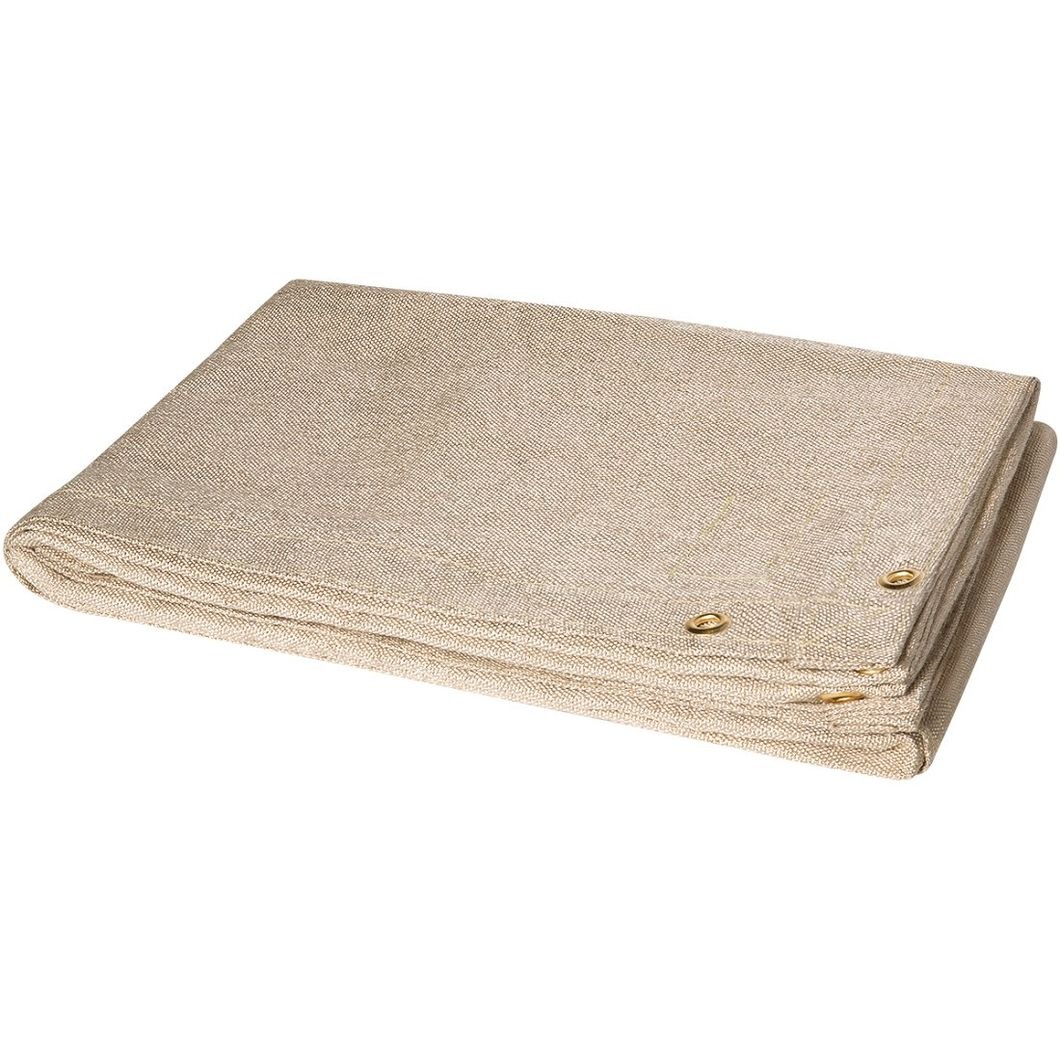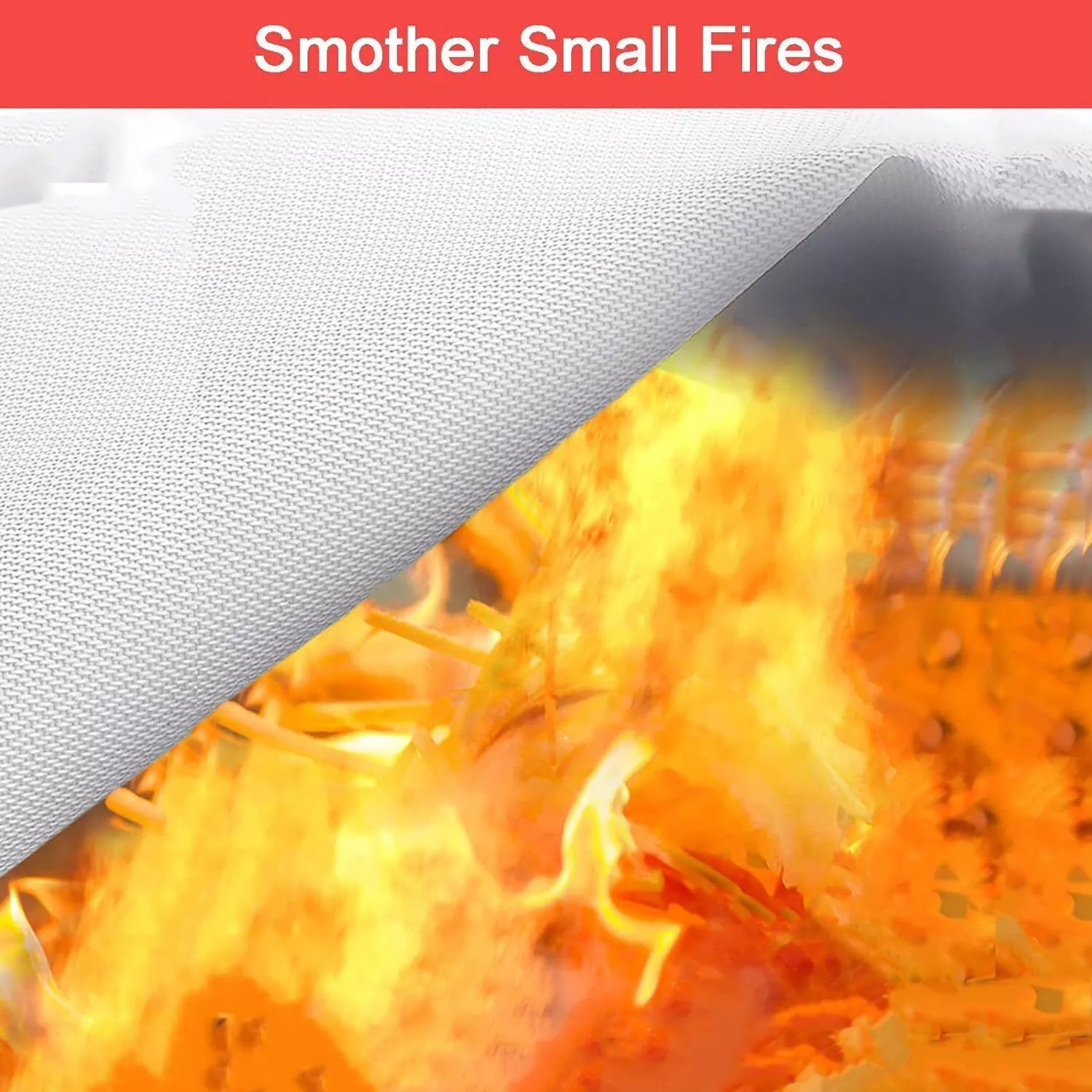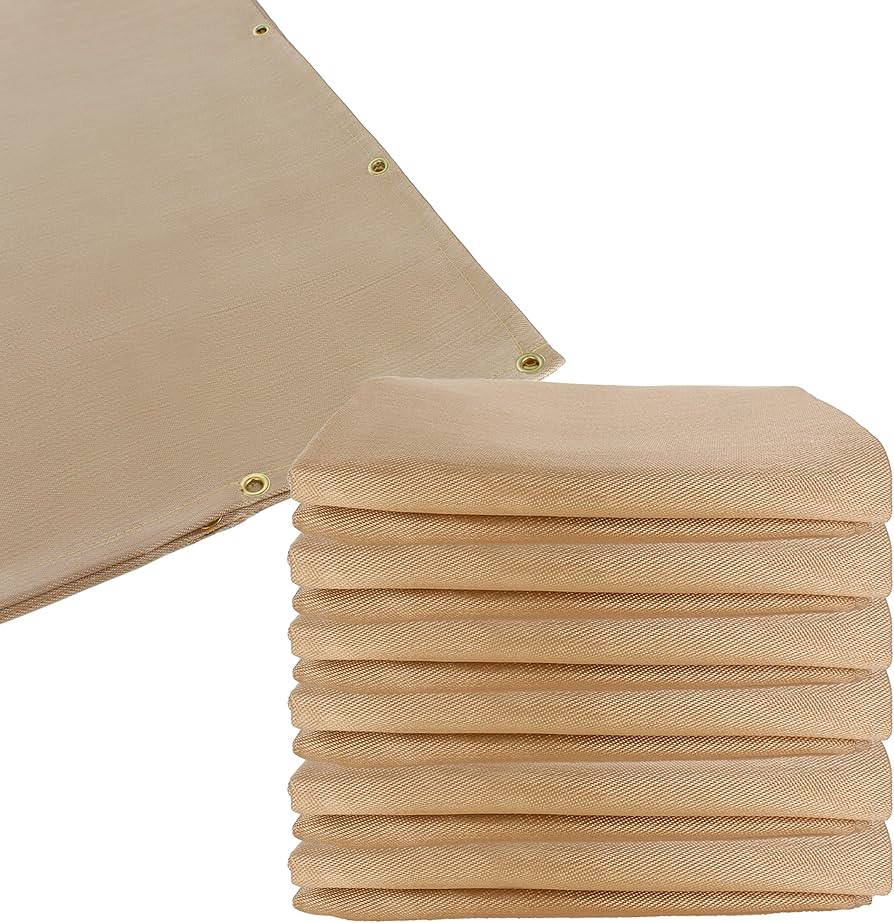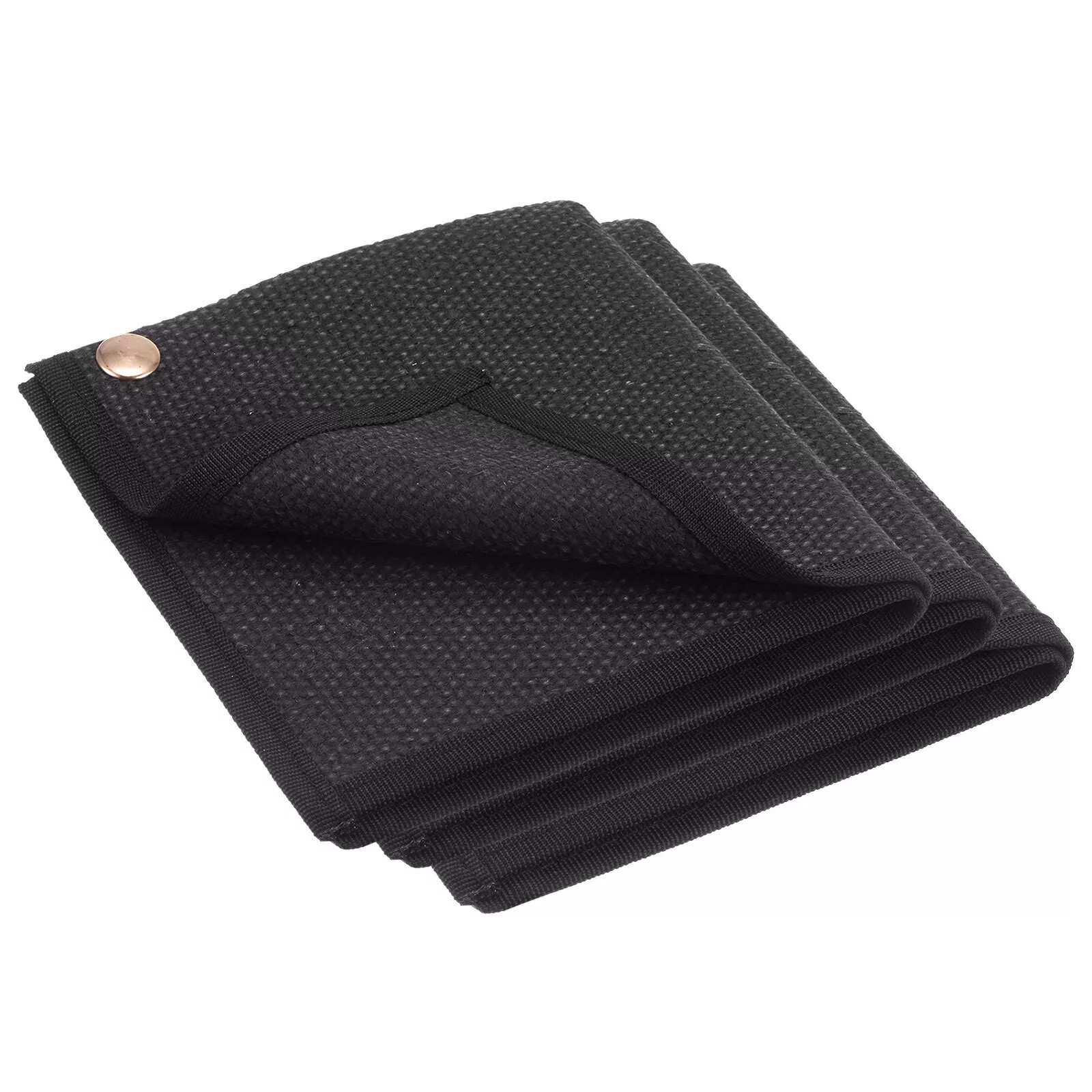Fire Blanket BS 6575: Your Essential Safety Guide & Usage Tips
This guide explains everything about fire blankets meeting BS 6575 standards. You'll learn how they work, when to use them, proper techniques, and why this British Standard matters for your safety. Essential reading for home and workplace fire protection.
What Is a Fire Blanket BS 6575?
A fire blanket complying with BS 6575 is a safety device designed to smother small fires. The British Standard ensures it meets strict quality and performance requirements. These blankets are made from fire-resistant materials like fiberglass or wool treated with flame-retardant chemicals.
When you choose a BS 6575 certified blanket, you're getting a product that has been tested to:
- Withstand temperatures up to 550°C
- Extinguish various types of small fires effectively
- Maintain structural integrity during use
- Last for years when properly stored
When Should You Use a Fire Blanket BS 6575?
Your BS 6575 fire blanket is ideal for small contained fires, especially:
- Cooking oil fires (class F)
- Electrical equipment fires (when power is off)
- Clothing fires
- Waste bin fires
Never use it for large, spreading fires or gas cylinder fires. In these cases, evacuate immediately and call emergency services.
How to Use Your Fire Blanket Correctly
Follow these steps to use your BS 6575 fire blanket safely:
- Pull the tabs to release the blanket from its container
- Hold the blanket by the corners with your hands protected behind it
- Approach the fire cautiously from upwind if possible
- Place the blanket gently over the flames, starting from the near edge
- Leave the blanket in place until completely cooled
- Never remove the blanket to check if the fire is out
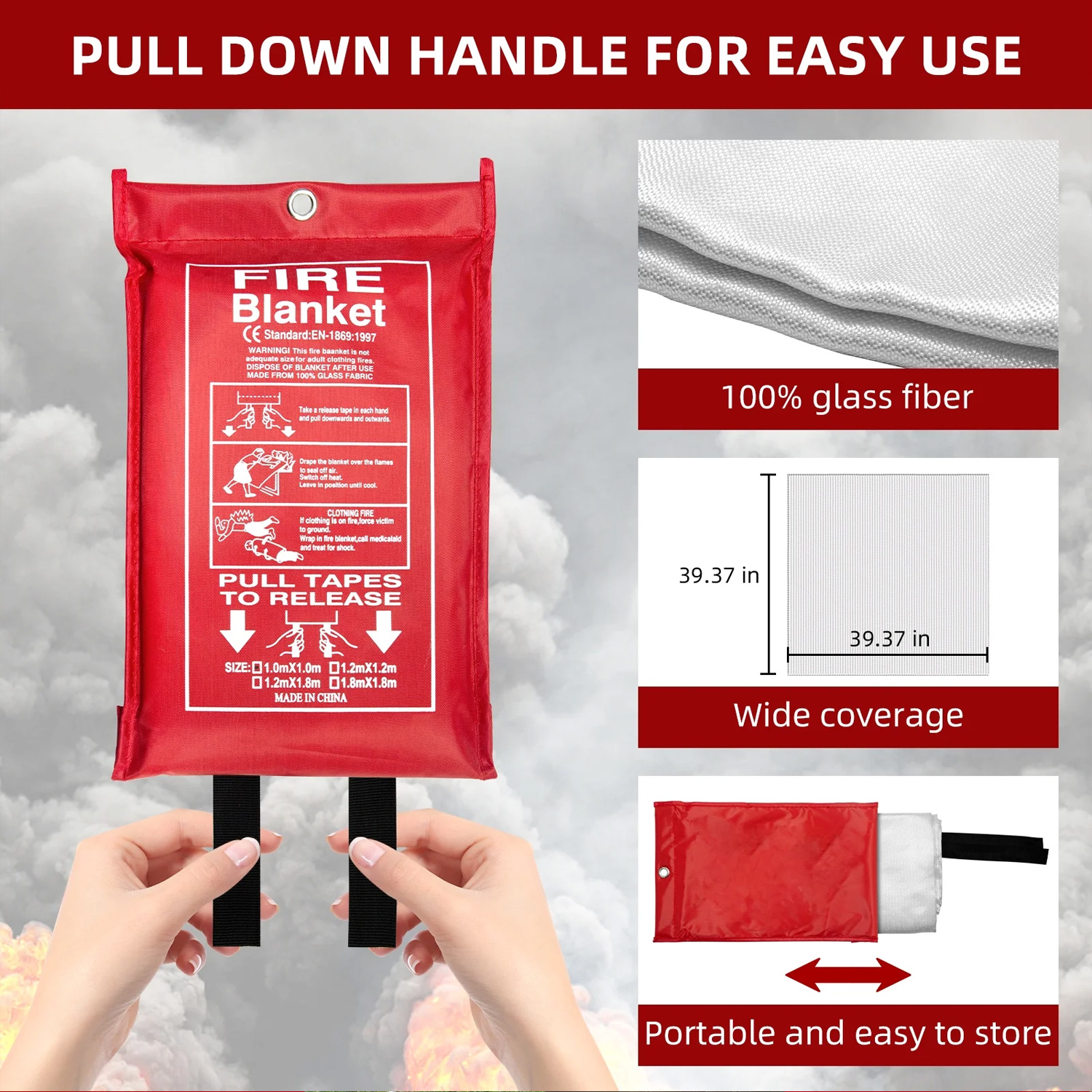
Remember to practice using your blanket before an emergency occurs. Many people make the mistake of trying to read instructions during a real fire.
Why BS 6575 Certification Matters
The BS 6575 standard guarantees your fire blanket meets rigorous British safety requirements. It specifies:
- Material composition and thickness
- Fire resistance performance
- Size requirements (minimum 1m × 1m)
- Packaging and mounting specifications
- Durability standards
Non-certified blankets may fail when you need them most. Always look for the BS 6575 mark when purchasing.
Maintenance and Storage Tips
To keep your BS 6575 fire blanket ready for emergencies:
- Store in its quick-release container
- Keep in an easily accessible location (kitchen wall near exit)
- Check monthly for damage or contamination
- Replace if the blanket shows any signs of wear
- Follow manufacturer's replacement schedule (typically 5-7 years)
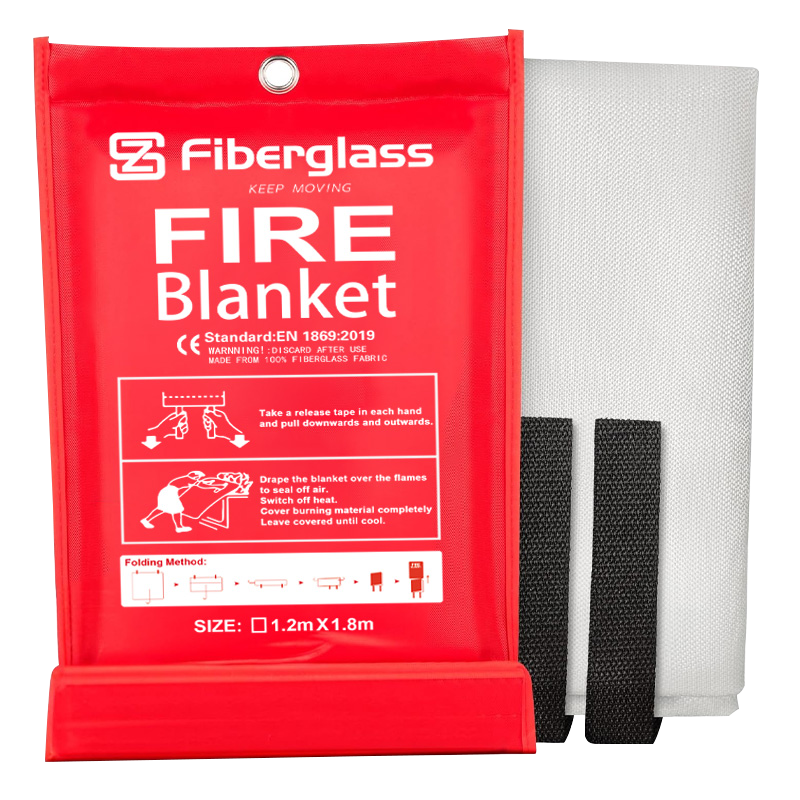
Never wash your fire blanket as this can remove fire-retardant treatments. If contaminated with grease or chemicals, replace it immediately.
Choosing the Right Fire Blanket BS 6575
When selecting your blanket, consider:
- Size - Larger blankets (1.2m × 1.2m) offer better coverage
- Material - Fiberglass is most common and effective
- Packaging - Quick-release containers save crucial seconds
- Mounting - Wall-mounted near risk areas is ideal
- Certification - Verify BS 6575 compliance
For commercial kitchens, consider blankets specifically designed for grease fires with enhanced BS 6575 compliance.
Fire Blanket BS 6575 vs Other Fire Extinguishers
Your BS 6575 fire blanket has advantages over extinguishers for certain situations:
- No messy chemical residue
- Easier to use with minimal training
- More effective on cooking oil fires
- No maintenance required beyond visual checks
- Safer for electrical fires after power is off
However, extinguishers are better for larger fires. Consider having both in your safety plan.
Common Mistakes to Avoid
When using your BS 6575 fire blanket, never:
- Throw it at the fire - place it gently
- Use it on large or spreading fires
- Remove it too soon - wait until completely cooled
- Store it near the stove where flames could prevent access
- Fold it back up after use - always replace with a new one
Proper use of your BS 6575 certified fire blanket can prevent small fires from becoming disasters. Make sure everyone in your home or workplace knows its location and how to use it safely.



